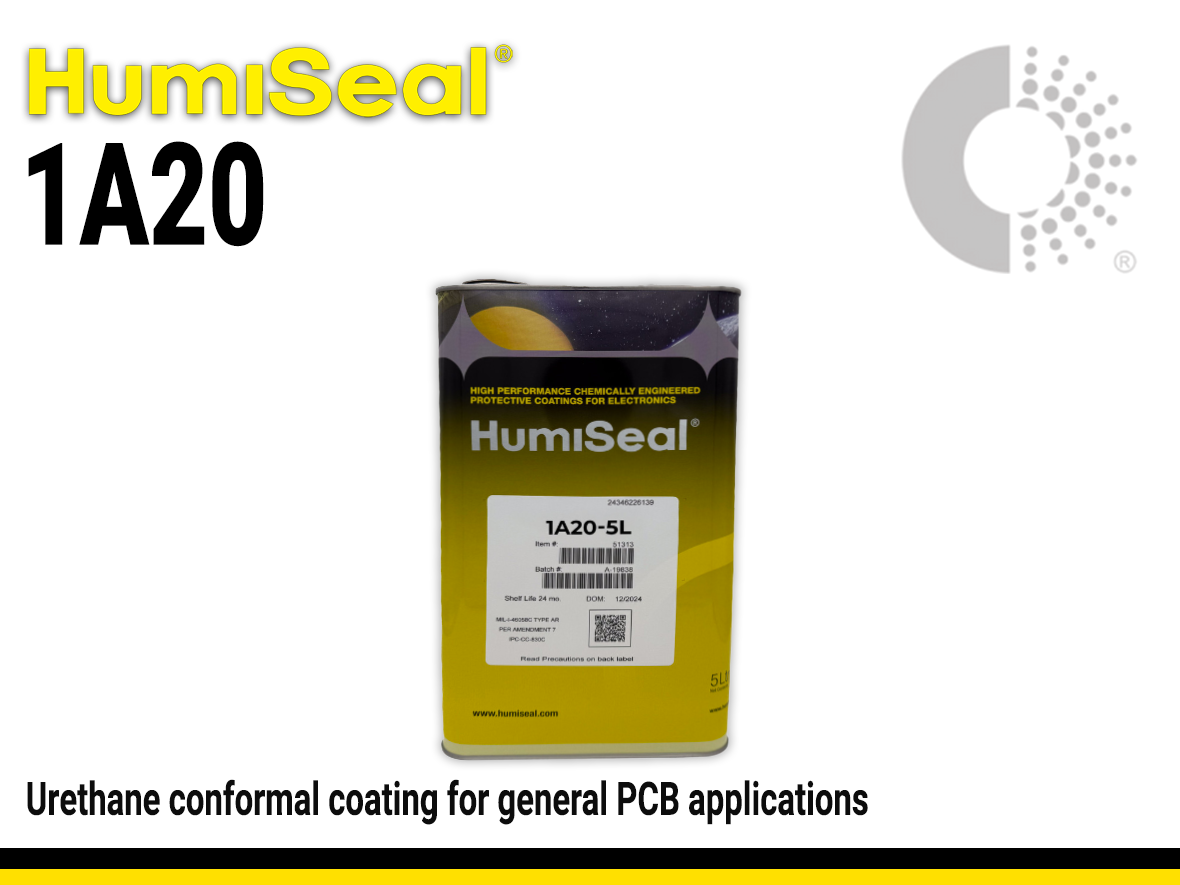Humiseal 1A20 | Fast-Curing Polyurethane Conformal Coating
- Fast-curing
- Fluoresces under UV light
- Flexible and repairable
Product Description
Humiseal 1A20 is a single-component, air-drying acrylic conformal coating that provides excellent protection for printed circuit boards (PCBs). It's easy to apply and dries quickly to a durable, transparent finish. This coating is known for its excellent moisture resistance and flexibility.
HumiSeal® 1A20 coating meets the following requirements:
- MIL-I-4658C
- IPC-CC-830
- Reach and RoHS Directive EU 2015/863
- Recognised under UL File Number E105698
- Compliant to GB30981-2020
Product Key Features
- Fast Drying — Dries to the touch in minutes, allowing for quick processing and handling.
- Acrylic Chemistry — Offers a good balance of physical and electrical properties, including resistance to moisture and fungus.
- Fluorescent Tracer — Contains a UV indicator for easy inspection under blacklight to ensure complete coverage.
Applications:
- For protecting a wide range of electronic assemblies from environmental stress.
Technical Specifications
| General Properties | |||||||
| Density (g) | 1.02 g/cm3 | ||||||
| Solids | 50 % | ||||||
| |||||||
| Physical Properties | |||||||
| Viscosity Viscosity Viscosity is a measurement of a fluid’s resistance to flow. Viscosity is commonly measured in centiPoise (cP). One cP is defined as the viscosity of water and all other viscosities are derived from this base. MPa is another common unit with a 1:1 conversion to cP. A product like honey would have a much higher viscosity -around 10,000 cPs- compared to water. As a result, honey would flow much slower out of a tipped glass than water would. The viscosity of a material can be decreased with an increase in temperature in order to better suit an application | 100 mPa.s | ||||||
| Electrical Properties | |||||||
| Breakdown Voltage Breakdown Voltage Breakdown voltage is the minimum voltage necessary to force an insulator to conduct some amount of electricity. It is the point at which a material ceases to be an insulator and becomes a resistor that conducts electricity at some proportion of the total current. After dielectric breakdown, the material may or may not behave as an insulator any more because of the molecular structure alteration. The current flow tend to create a localised puncture that totally alters the dielectric properties of the material. This electrical property is thickness dependent and is the maximum amount of voltage that a dielectric material can withstand before breaking down. The breakdown voltage is calculated by multiplying the dielectric strength of the material times the thickness of the film. | 1500 V | ||||||
| |||||||
| |||||||
| Mechanical Properties | |||||||
| |||||||
| Thermal Properties | |||||||
| Glass Transition Temperature (Tg) Glass Transition Temperature (Tg) The glass transition temperature for organic adhesives is a temperature region where the polymers change from glassy and brittle to soft and rubbery. Increasing the temperature further continues the softening process as the viscosity drops too. Temperatures between the glass transition temperature and below the decomposition point of the adhesive are the best region for bonding. The glass-transition temperature Tg of a material characterizes the range of temperatures over which this glass transition occurs. | 71 °C | ||||||
| UL 94 Rating UL 94 Rating Flammability rating classification. It determines how fast a material burns or extinguishes once it is ignited. HB: slow burning on a horizontal specimen; burning rate less than 76 mm/min for thickness less than 3 mm or burning stops before 100 mm V-2: burning stops within 30 seconds on a vertical specimen; drips of flaming particles are allowed. V-1: burning stops within 30 seconds on a vertical specimen; drips of particles allowed as long as they are not inflamed. V-0: burning stops within 10 seconds on a vertical specimen; drips of particles allowed as long as they are not inflamed. 5VB: burning stops within 60 seconds on a vertical specimen; no drips allowed; plaque specimens may develop a hole. 5VA: burning stops within 60 seconds on a vertical specimen; no drips allowed; plaque specimens may not develop a hole | V-0 | ||||||
| Curing Conditions | |||||||
| |||||||
Additional Information
Frequently Asked Questions About HumiSeal® 1A20
What are typical applications for HumiSeal® 1A20?
HumiSeal® 1A20 is a one-part, moisture-curing polyurethane conformal coating designed to protect printed circuit board assemblies (PCBs) in demanding environments. Its excellent moisture and chemical resistance, along with its wide operating temperature range, make it a reliable choice for a variety of industries, including:
- Military and aerospace electronics (e.g., control modules, avionics)
- Industrial electronics (e.g., motor drives, sensors, process controls)
- Automotive electronics (e.g., electronic control units)
- Instrumentation and monitoring equipment
This coating is particularly well-suited for applications where reliable environmental protection is required and where the use of a simple, one-part, moisture-curing system is preferred.
Why choose HumiSeal® 1A20 over other conformal coatings?
HumiSeal® 1A20 is a single-component, high-performance polyurethane formulation that cures at ambient temperature and humidity. It provides excellent chemical and moisture resistance. Unlike coatings that require specialized curing equipment, 1A20 cures simply by reacting with atmospheric moisture, making it a cost-effective and easy-to-implement solution. It is a flexible coating with high abrasion resistance, and its viscosity is optimized for spray, brush, or dip application. The coating is compliant with MIL-I-46058C and IPC-CC-830, and it meets the requirements of the RoHS Directive 2011/65/EC (and 2015/863/EU). You can learn how to select a conformal coating in our latest blog.
What is the shelf life of HumiSeal® 1A20?
HumiSeal® 1A20 has a shelf life of 6 months from the date of manufacture when stored at 0 to 35°C in a tightly closed container, away from direct sunlight or excessive heat. As it is a moisture-curing material, it is crucial to protect the product from ambient humidity to prevent premature polymerization. Therefore, any open or partial containers should be tightly sealed after use, and ideally purged with a dry, inert gas (e.g., nitrogen or argon) before closure.
How should I clean tools after applying HumiSeal® 1A20?
To flush equipment and clean uncured HumiSeal® 1A20, non-alcohol based solvents like xylene or toluene are suitable. HumiSeal® Thinner 521 is an effective option. For coating removal during rework, the cured film can be difficult to remove. Thermal displacement, mechanical abrasion, and specialized chemical strippers (e.g., HumiSeal® Stripper 1072) are all suitable options for rework.
What happens to HumiSeal® 1A20 after its shelf life?
After the shelf life, the material's viscosity may increase, and its curing characteristics may degrade. This can lead to improper application, uneven coating, and a reduction in the protective performance of the cured film. The use of expired material is not recommended as it may compromise the quality and reliability of the coating. Due to its moisture-curing nature, proper storage is critical to maintaining product integrity.
How does HumiSeal® 1A20 cure, and why do curing times vary?
HumiSeal® 1A20 is a single-cure, moisture-curing coating that reacts with atmospheric humidity to form a durable film. The coating has a drying time to handle of 60 minutes and will require 24 hours at room temperature or 3 hours at 76°C to cure. A full cure with optimum properties is achieved within 7 days. Curing times can vary based on ambient conditions; higher temperature and humidity will accelerate the curing process, while lower temperature and humidity will slow it down. Ensuring a well-ventilated and controlled environment is key for a consistent and reliable cure.
What is the recommended thickness for HumiSeal® 1A20?
The recommended coating thickness for HumiSeal® 1A20 is 25 to 75 microns (1-3 mils). This thickness range ensures optimal protective performance while maintaining flexibility and electrical properties. The final thickness can be adjusted based on the application method and specific project requirements.
What are the differences between application methods for HumiSeal® 1A20?
HumiSeal® 1A20 can be applied by dipping, spraying, or brushing. Dipping is often used for high-volume, automated processes, providing uniform coverage for complex geometries. Spraying, using conventional spray equipment, is ideal for selective application and achieving a consistent film. Brushing is suitable for rework or small-scale applications, offering precise control in localized areas. For all methods, ensuring a dry, inert gas source for any spray equipment is crucial to prevent premature curing.
What is the maximum operating temperature for HumiSeal® 1A20?
HumiSeal® 1A20 has a continuous use operating temperature range of –65°C to +125°C, providing consistent protection across a wide range of thermal conditions. It is capable of withstanding thermal shock within this range, as demonstrated by its compliance with MIL-I-46058C testing.
What safety precautions should I take when using HumiSeal® 1A20?
HumiSeal® 1A20 contains flammable solvents, so it should be used in well-ventilated areas and kept away from open flames or sparks. Prevent skin and eye contact by wearing appropriate personal protective equipment, including safety glasses and solvent-resistant gloves. Avoid inhalation of vapors and spray mist. Always consult the product's Safety Data Sheet (SDS) for detailed handling, storage, and disposal information.
How can I ensure proper application of HumiSeal® 1A20?
Because HumiSeal® 1A20 does not fluoresce under UV light, visual inspection is the primary method for ensuring proper coverage. For quality control, the application process should be carefully monitored to achieve the recommended film thickness and to confirm that all required areas of the PCB have been coated uniformly. Test coupons can be used to periodically check thickness and cure quality.
How does HumiSeal® 1A20 perform in harsh environments?
HumiSeal® 1A20 provides excellent protection against moisture, humidity, and chemical exposure. The cured polyurethane film is tough and flexible, ensuring long-term integrity against environmental stressors. This makes it an ideal solution for applications where PCBs are exposed to corrosive agents, moisture, or significant temperature fluctuations, such as in military or industrial settings.
Learn More About HumiSeal® 1A20
HumiSeal® 1A20 is a high-performance, single-component, moisture-curing polyurethane conformal coating. Designed for superior protection, this coating offers a simple yet effective solution for safeguarding electronic assemblies in demanding environments. It provides a reliable defense against moisture, chemicals, and temperature extremes, making it an industry staple for protecting PCBs in sectors like military, aerospace, and industrial automation.
Key Features at a Glance
- ✔ Single-component, moisture-curing system
- ✔ Excellent moisture and chemical resistance
- ✔ Good flexibility and abrasion resistance
- ✔ Wide operating temperature range
- ✔ Can be applied by spray, dip, or brush
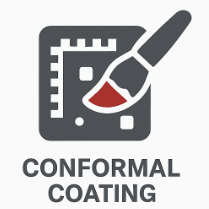
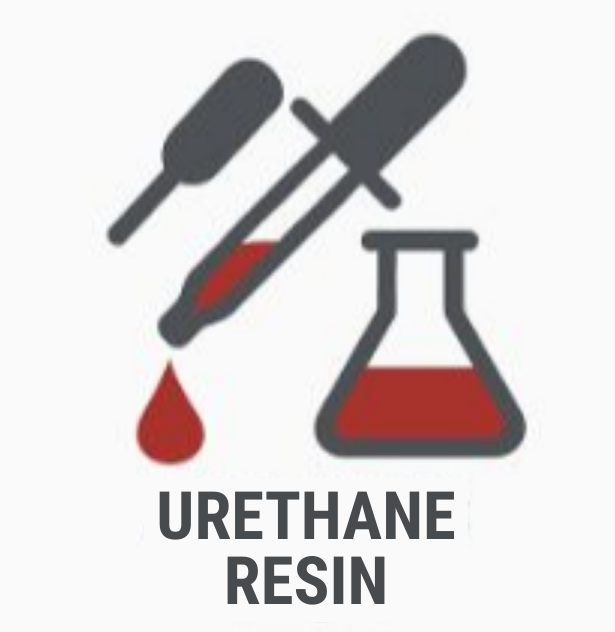
Simple, Reliable Moisture Cure 💧
HumiSeal® 1A20 offers a straightforward and highly reliable curing system that doesn't require any special equipment. It cures at ambient temperature and humidity by reacting with moisture in the air. This eliminates the need for ovens or UV lamps, simplifying the production process and reducing energy costs. The tack-free time is just 1-3 hours, with a full cure typically achieved within 72 hours, depending on atmospheric conditions.
Curing Parameters:
- Ambient Cure: Tack-free in 1-3 hours. Full cure in 72 hours at 25°C / 50% relative humidity.
This simple curing mechanism provides a robust and complete cure for even the most complex PCB assemblies without the need for specialized equipment or process steps.
Application and Compatibility
HumiSeal® 1A20 is a versatile coating formulated for various application methods, making it compatible with a wide range of manufacturing environments.
Compatible With:
- ✔ Spray, dip, or brush application methods
- ✔ High-reliability applications requiring excellent moisture resistance
- ✔ "No-clean" flux residues (users should confirm compatibility)
- ✔ Lead-free and RoHS-compliant manufacturing environments
Additionally, the coating is reworkable using thermal methods or chemical strippers, making it a practical choice for designs that may require servicing or component repair.
High-Performance Electrical and Physical Protection 🧪
HumiSeal® 1A20 delivers outstanding electrical insulation with a dielectric withstand voltage >1,500 volts and insulation resistance >1.0 × 10¹⁴ ohms. Its polyurethane chemistry provides excellent chemical resistance, flexibility, and abrasion resistance, ensuring long-term durability and protection against moisture, contaminants, and mechanical stress.
Inspection and Quality Control 🔎
Since HumiSeal® 1A20 does not contain a fluorescent tracer, inspection relies on visual confirmation of coverage and uniformity. Quality assurance can be achieved by carefully monitoring the application process to ensure all critical areas are coated to the recommended thickness. This straightforward approach is ideal for manufacturers who rely on visual checks and process control for quality assurance.
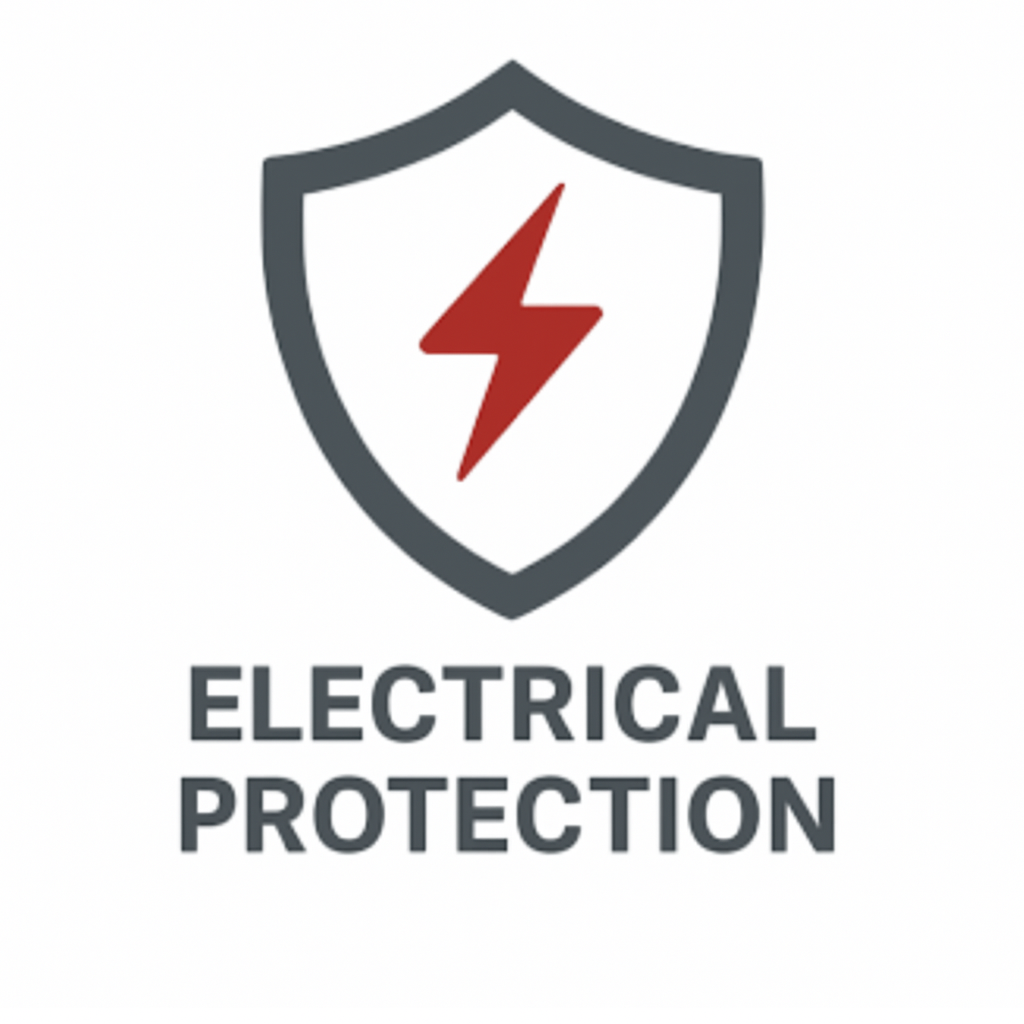
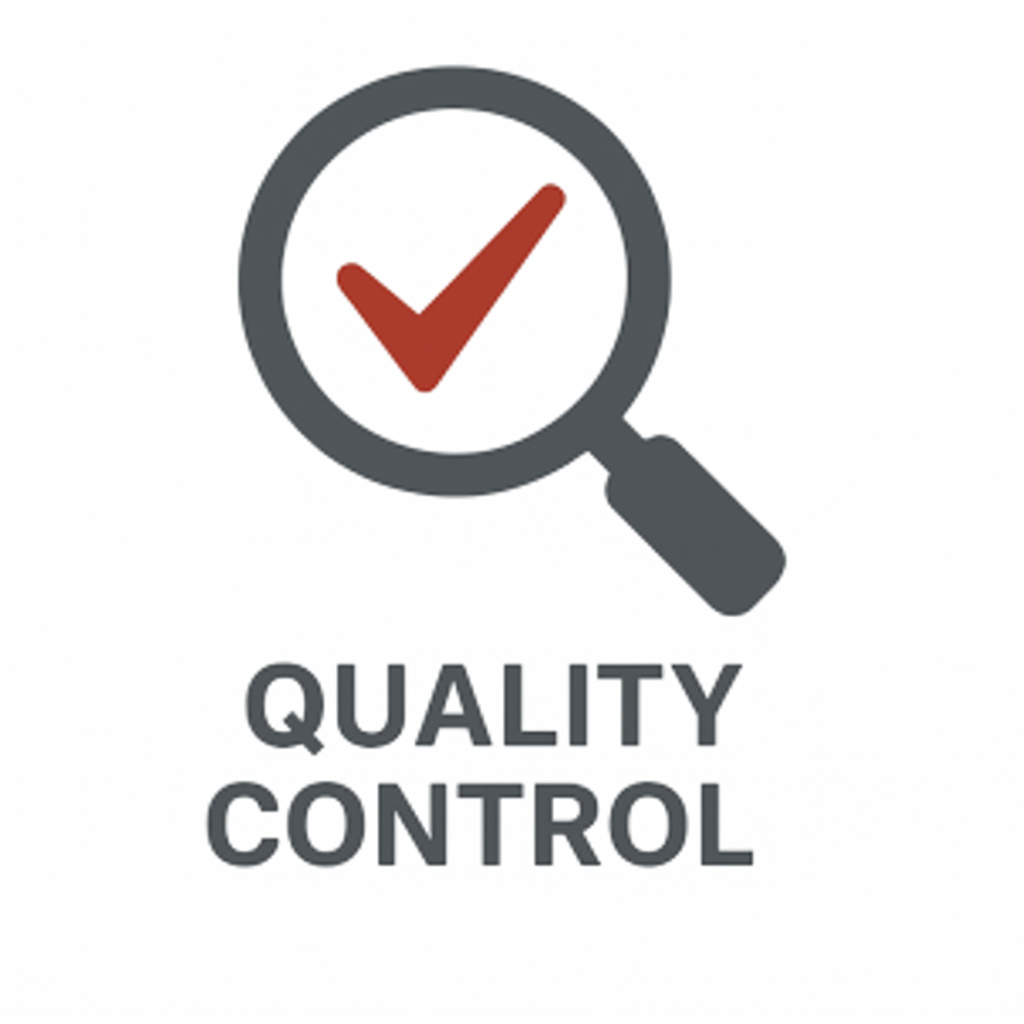
Repairable and Reworkable 🔁
Although HumiSeal® 1A20 forms a robust, durable film, it is still reworkable. If component replacement or repair is needed, the cured coating can be selectively removed using thermal displacement (e.g., a soldering iron), mechanical abrasion, or a chemical stripper. This feature makes 1A20 suitable for applications that require field serviceability or prototype modification.
Reliable Across Environments 🌍
With a continuous operating temperature range of –65°C to +125°C, coupled with excellent moisture and chemical resistance, 1A20 ensures consistent performance across varied environmental conditions. Its robust polyurethane film is particularly well-suited for critical systems exposed to humidity, corrosive agents, and significant temperature cycling.
Compliance You Can Trust ✅
HumiSeal® 1A20 meets stringent industry standards, ensuring reliability and regulatory adherence for OEMs and contract manufacturers:
- MIL-I-46058C Qualified
- IPC-CC-830 Compliant
- RoHS Directive 2011/65/EC (and 2015/863/EU) Compliant


